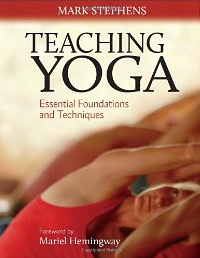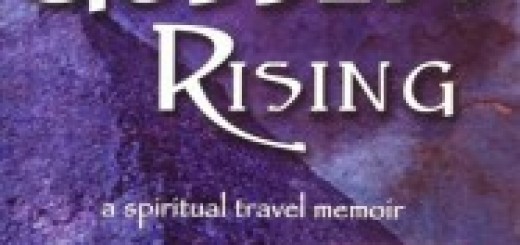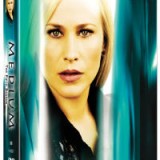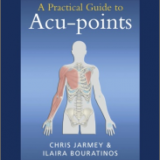Teaching Yoga: Essential Foundations and Techniques by Mark Stephens
Mark Stephens’ Teaching Yoga (published by North Atlantic Books) offers a fantastic primer for the beginning teacher or those interested in learning more about the many facets of the philosophy and practice of yoga.
Stephens is obviously a seasoned student and teacher, and even though the book is written at an expert level, it is still accessible and easy to understand.
Stephens’ text offers a great gift for coming generations: what a pleasure to have all of this information in one place.
Eleven Major Styles Of Modern Yoga
 Stephens’ writing style is clean and easy to understand and he expertly discusses many details that one would only get from a seasoned and intelligent teacher. For example, I enjoyed his first person account of the eleven major styles of modern yoga and got more from his explanations and distinctions than was offered in a recent review of an entire book on the History of Yoga in America.
Stephens’ writing style is clean and easy to understand and he expertly discusses many details that one would only get from a seasoned and intelligent teacher. For example, I enjoyed his first person account of the eleven major styles of modern yoga and got more from his explanations and distinctions than was offered in a recent review of an entire book on the History of Yoga in America.
Stephens also took the trouble to credit Joel Kramer from 1980 who coined the phrase “lines of energy” (127)—because this phrase has become part of the common yoga vernacular it would have been easy to skip the detail of that credit—and the fact that he didn’t forget to credit Kramer speaks volumes about the author’s own character, respect for yoga, and attention to detail.
Everything The Modern Yogi Will Need
Stephens covers everything the modern yogi will need including the importance of spirit in the practice, anatomy, ethics, classroom environment, philosophy, asanas (108 yoga poses with images, contraindications, and teaching cues), pranayama, sequencing, general and specialized teaching techniques, the business of yoga, and some lovely meditations.
 Stephens also includes a pronunciation guide for the Sanskrit poses—which you will need because his breakdown of the 108 poses don’t include any English translations: which is confusing because some references in the sequencing section are given in both English and Sanskrit
Stephens also includes a pronunciation guide for the Sanskrit poses—which you will need because his breakdown of the 108 poses don’t include any English translations: which is confusing because some references in the sequencing section are given in both English and Sanskrit
Which leads me to my only real criticism of the book: although there is a lot of great information about poses and sequencing in the text, I can’t help but wonder if the next edition (of which I am sure there will be many in the years to come) couldn’t offer a better, easier to reference way to present the asana sections?
Yoga Alliance Curriculum Criteria
Since Teaching Yoga addresses each of the primary categories required for Yoga Alliance curriculum criteria, the text is a perfect companion for any yoga teacher-training program.
The text is sure to become a classic in the world of Western Yoga and because it embraces many styles and approaches to the practice, truly embraces the essence of yoga: union.








